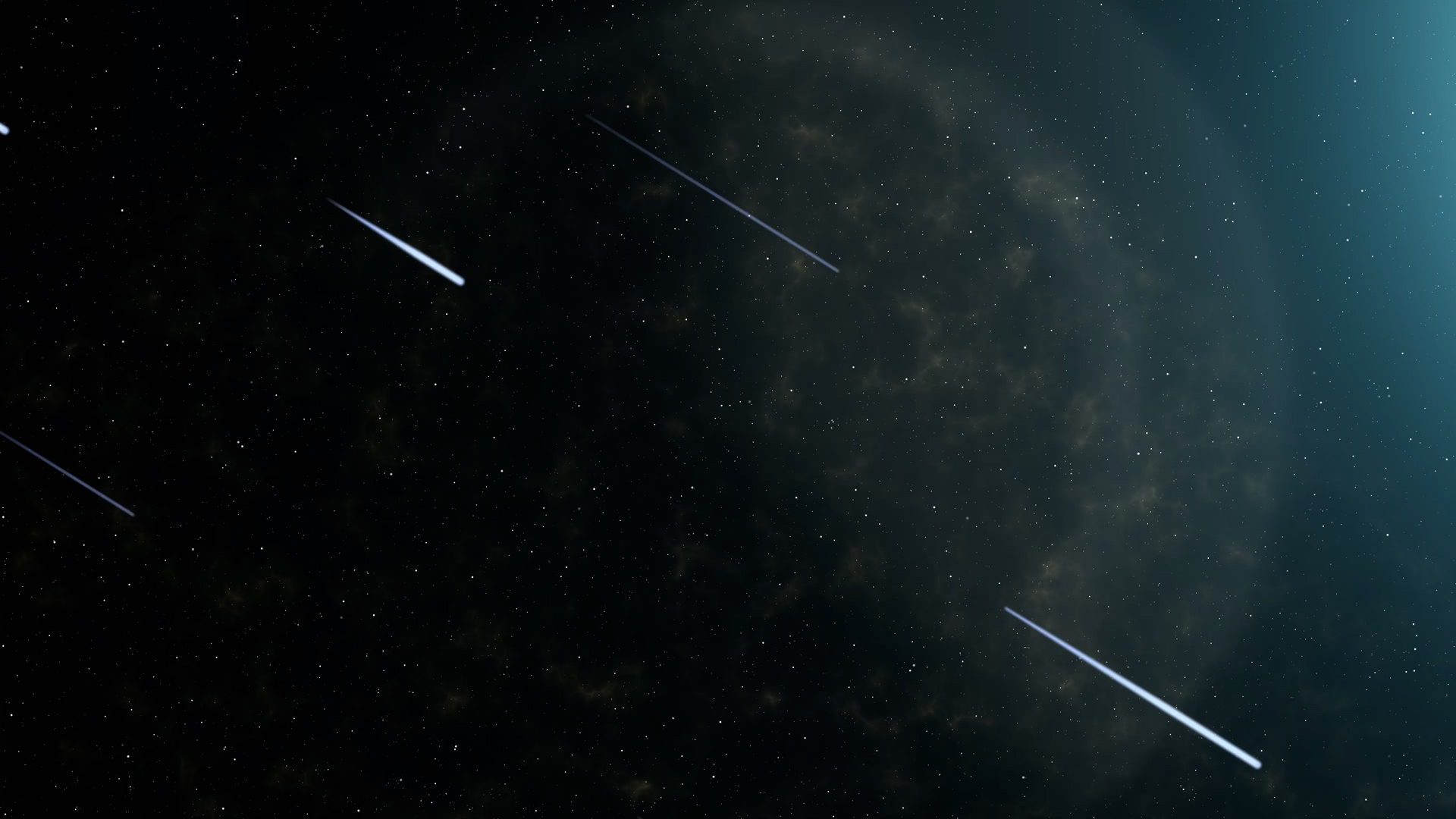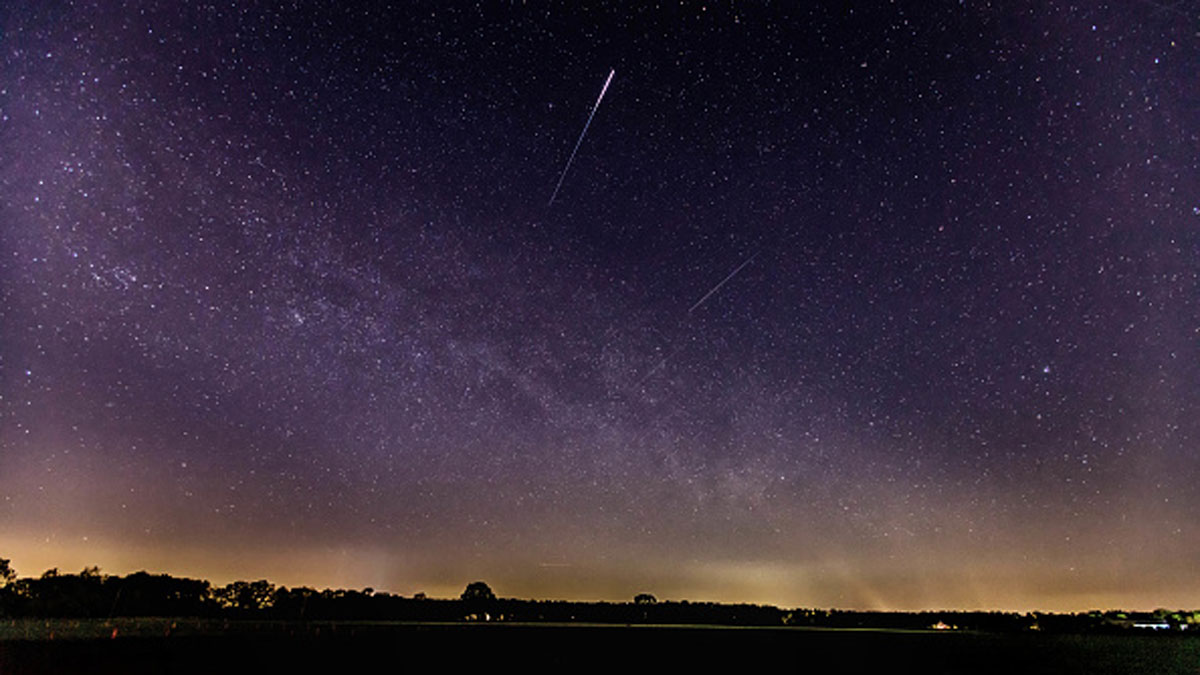![[UGCCHI-CJ-weather]Strawberry Moon June 13 2014](https://media.nbcdfw.com/2019/09/dff9a23f7ad64559939ed7054043d478.JPG.jpg?quality=85&strip=all&resize=320%2C180)
What's happening in the skies over North Texas this month? June holds some spectacular sights in the night and morning sky. Check out the list below.
FULL STRAWBERRY MOON
The June full moon, known as the Strawberry Moon, will make for a delight at the beginning of the month.

Get DFW local news, weather forecasts and entertainment stories to your inbox. Sign up for NBC DFW newsletters.
The name, Strawberry Moon, originates from the Algonquin tribes. This is because June is traditionally a time when wild strawberries are ready for harvest in North America.
The full moon will begin to appear on the evening of Friday, June 2, and will last through the morning of Monday, June 5. On June 3 at 10:42 p.m. CT, the moon will appear at its brightest for the last time this spring.

Also, check out other phases of the moon this month. On June 6 at 6:06 p.m. CDT, the moon will be at perigee, its closest to the Earth for this orbit at 226,714 miles. On June 22 at 1:30 p.m. CDT, the moon will be at apogee, its farthest from the Earth for this orbit at 251,895 miles.
WHEN DOES THE INTERNATIONAL SPACE STATION FLY OVER NORTH TEXAS?

The International Space Station will make flybys across the North Texas sky this month. The ISS appears as a fast-moving star across the night sky.

The ISS rotates around the Earth at a speed of 17,500 mph. The ISS rotates about its center of mass at a rate of about four degrees per minute so that it will complete a full rotation once per orbit. This allows it to keep its belly towards the Earth. One revolution around the planet takes about 90 minutes (16 per day).
Also, the ISS lies at an altitude of 250 miles above the Earth. By the way, that is 1.32 million feet. Most commercial airplanes fly between 33,000 to 42,000 feet.
AN EVENING SHOW: VENUS AND MARS
In June, Venus, the brightest planet, will continue to dominate the western sky after sunset and move away from the stars of Gemini, Pollux and Castor. Mars, nearby, continues to fade in brightness as we race away from it in our orbit around the sun. Don’t miss Mars buzzing through the Beehive star cluster on June 1-2. Then, Venus passes by the Beehive star on the evenings of June 12-13.

Venus and Mars get closer together over the month. On June 1, the planets appear 10 degrees apart, and by the end of the month, they appear less than four degrees apart.
Venus's distance from the Earth varies from 24 million miles to 162 million miles. Mars averages a distance from the Earth of 140 million miles. The closest recorded distance to Mars from Earth was recorded in August 2003 when the two were 34.8 million miles apart. According to NASA, the two will not be that close again until the year 2237.
A MORNING SHOW: JUPITER, MERCURY AND SATURN
Jupiter and Mercury will be visible above the eastern horizon one hour before sunrise. Saturn will be visible in the southeastern sky.

Jupiter's distance from the Earth varies from 336 million miles to 600 million miles. Mercury's distance from the Earth varies from 48 million miles to 137 million miles.
Saturn's distance varies from the Earth. When the two are closest, they lie approximately 746 million miles apart, or eight times the distance between the Earth and the sun.
At their most distant, when they lie on opposite sides of the sun from one another, they are just over a billion miles apart, or 11 times the distance between the Earth and the sun.
Please enjoy these events happening in the night sky this month. Until then ... Texans, keep looking up!




